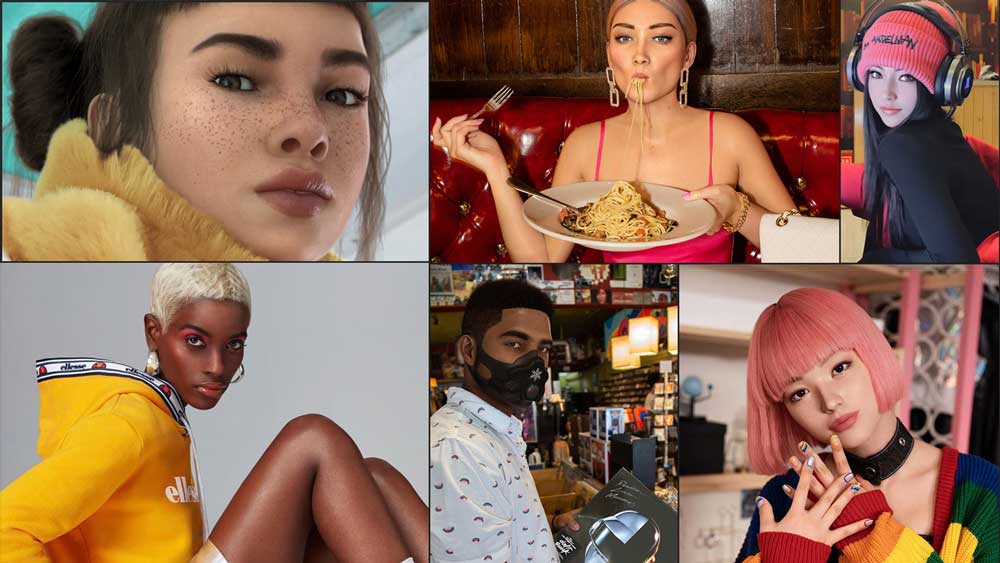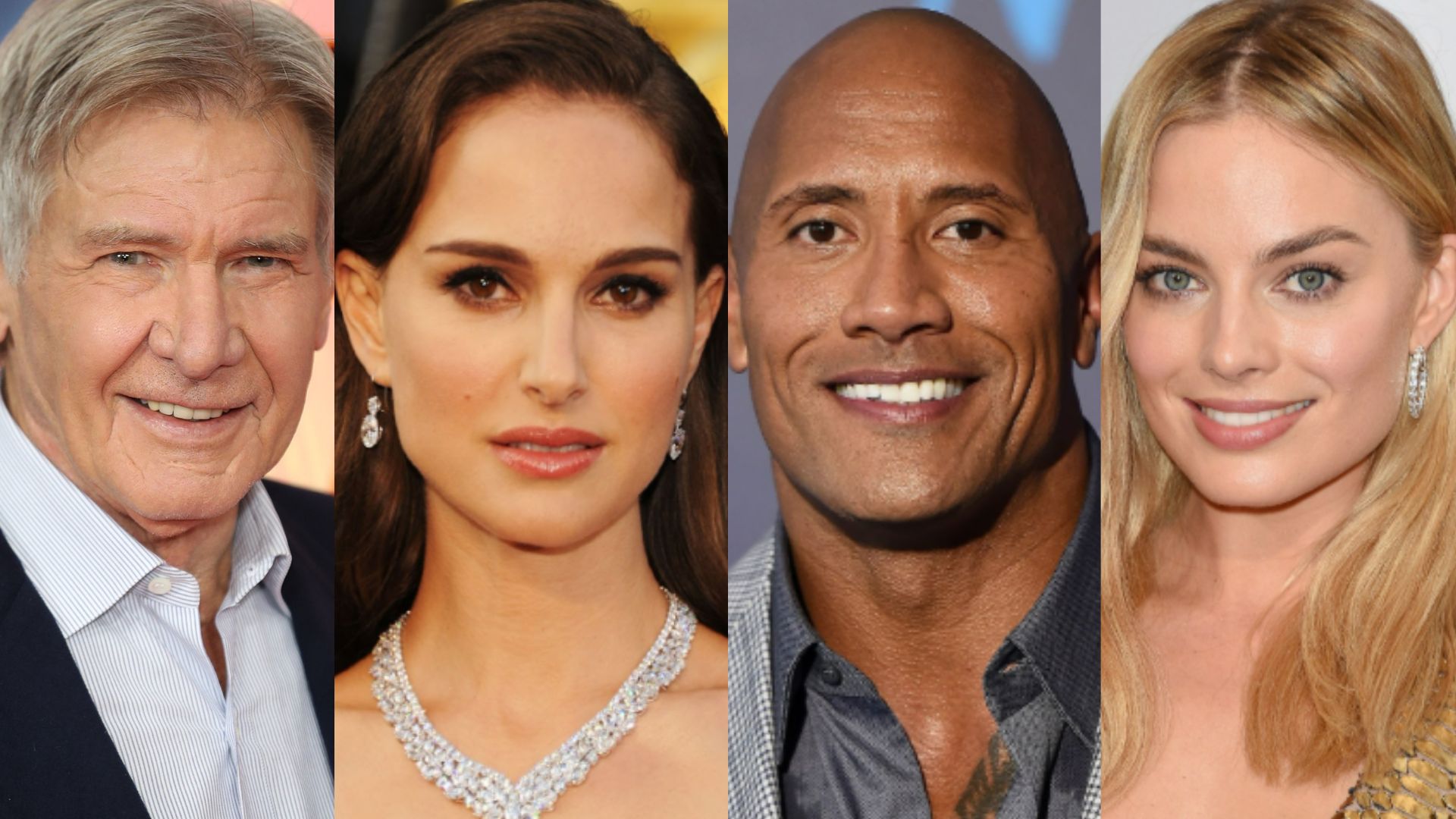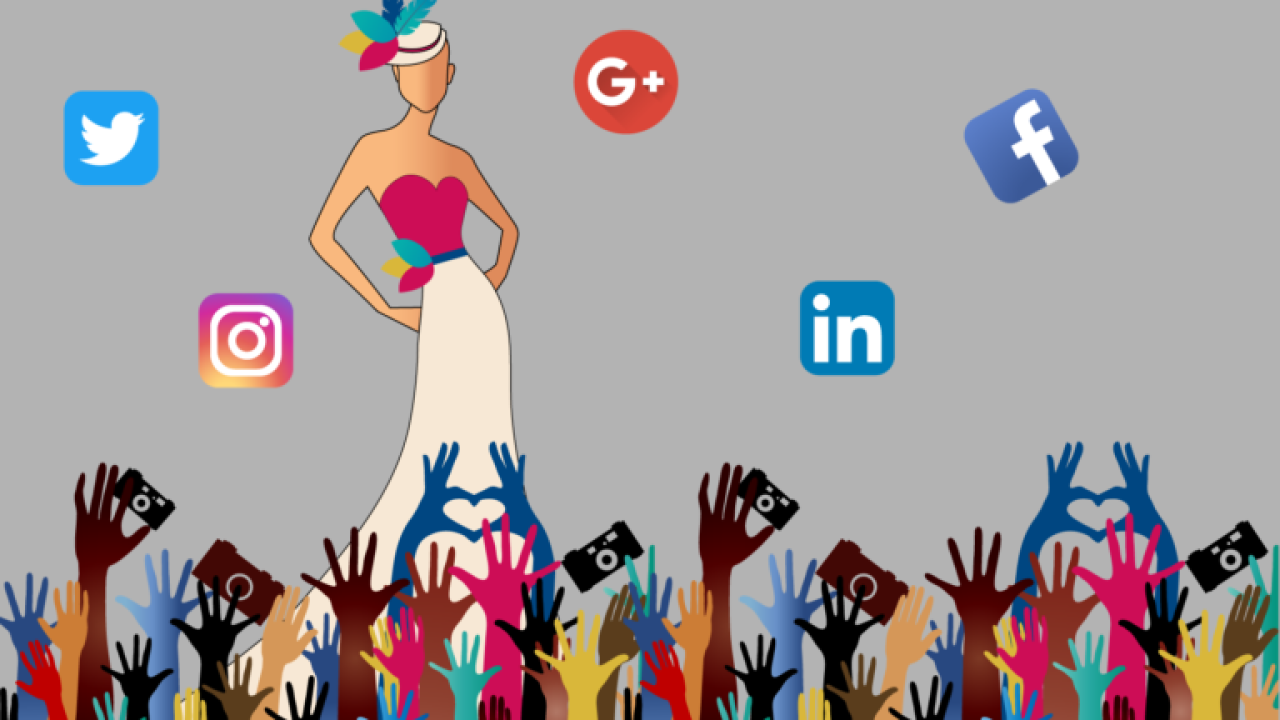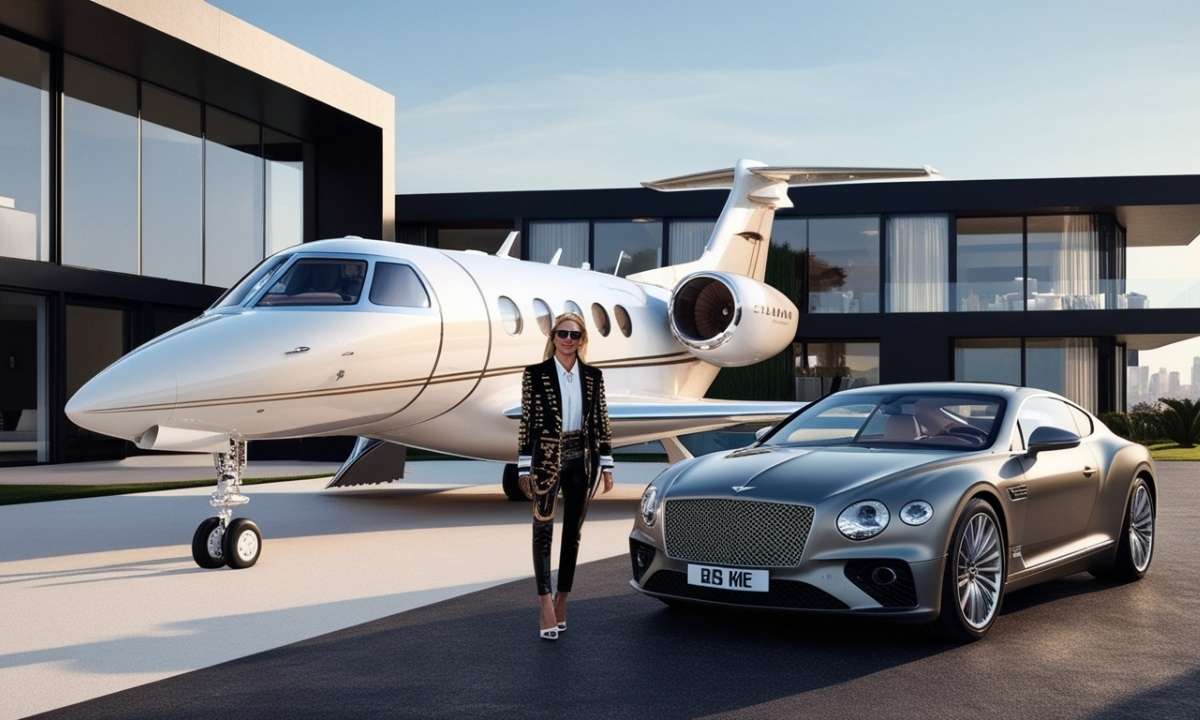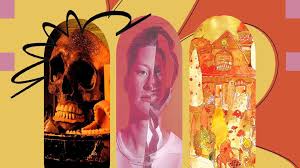The Emergence of a New Digital Celebrity Culture
Are Virtual Influencers the Future of Entertainment ?. In an age where technology constantly redefines human interaction and media, virtual influencers have emerged as a fascinating phenomenon in the entertainment world. These computer-generated personalities, created through AI and 3D modeling, are taking over social media feeds, brand campaigns, and even music videos. Unlike traditional influencers who rely on their human traits and real-life experiences, virtual influencers are entirely fictional but designed to behave like real people. From their curated Instagram photos to their storytelling and brand collaborations, they are crafted to appear relatable, aspirational, and engaging. One of the most famous examples is Lil Miquela, a virtual influencer who has amassed millions of followers and worked with top brands like Prada and Calvin Klein, blurring the line between reality and simulation.
Why Brands Are Embracing Virtual Influencers
Brands across the globe are quickly recognizing the value of virtual influencers due to their high level of control and consistency. Unlike human influencers, digital avatars don’t age, don’t get involved in scandals, and can be available 24/7 across time zones. They can be designed to match a brand’s aesthetics perfectly, align with campaign goals, and even appear in environments that might be difficult or expensive for real influencers to reach. This predictability makes them appealing to marketers who want to eliminate the risks of human error and gain complete control over narrative and visuals. As a result, major fashion, tech, and lifestyle companies are beginning to treat virtual influencers as brand ambassadors, opening a new chapter in digital advertising.
Blurring Reality: The Psychology of Fan Engagement
What makes virtual influencers especially compelling is how easily they can mimic human emotions, aesthetics, and behavior. Their posts may include personal “confessions,” social commentary, or even interactive Q&A sessions, creating an illusion of intimacy and relatability. Audiences, particularly younger ones like Gen Z and Gen Alpha, are drawn to the surreal-yet-familiar presence of these digital beings. They don’t just see them as characters; they engage with them as if they’re real people, forming parasocial relationships that are no different from those they have with real celebrities. This psychological connection fuels their popularity and raises profound questions about identity, authenticity, and the future of fandom.
The Entertainment Industry’s New Frontier
Virtual influencers are not limited to social media—they’re making waves in music, film, fashion shows, and video games. Some have released their own songs, appeared in digital concerts, and even taken center stage in virtual runway events. The entertainment industry sees them as versatile and boundary-breaking tools that can transcend geographical and physical limitations. They can exist in futuristic landscapes, perform death-defying stunts, or collaborate across genres in ways that would be impossible for human entertainers. As virtual production technology improves, it’s likely we’ll see fully digital celebrities starring in animated series, commercials, and even mainstream cinema, opening up endless creative possibilities.
Concerns Over Authenticity and Ethics
Despite their innovation, virtual influencers raise important ethical and social concerns. Because they are controlled by creative teams and corporations, their messages and personalities can be carefully engineered for maximum influence and profit, potentially misleading audiences. There’s also a concern about diversity and representation, especially when virtual influencers are made to look like people of certain ethnicities or cultures without actual lived experiences. Critics argue that this can trivialize real issues and perpetuate stereotypes. Additionally, the rise of digital influencers may eventually threaten jobs and opportunities for real-life creators and entertainers, who already face stiff competition in the attention economy. As virtual celebrities become more mainstream, the entertainment industry must address these concerns to ensure responsible and inclusive use of the technology.
The Future of Fame in a Digital World
As technology continues to evolve and audiences grow more comfortable with virtual experiences, the line between real and artificial will keep blurring. Virtual influencers are not just a fad—they represent a seismic shift in how we understand celebrity, identity, and media. They’re redefining what it means to be famous, introducing new layers of creativity and storytelling that merge human imagination with digital innovation. While they may never fully replace human entertainers, their growing presence in the entertainment landscape suggests that the future of fame will be increasingly hybrid. Audiences may come to accept and even prefer digital celebrities who offer stability, creativity, and endless engagement in a way that aligns perfectly with the fast-paced, tech-driven world we live in.


